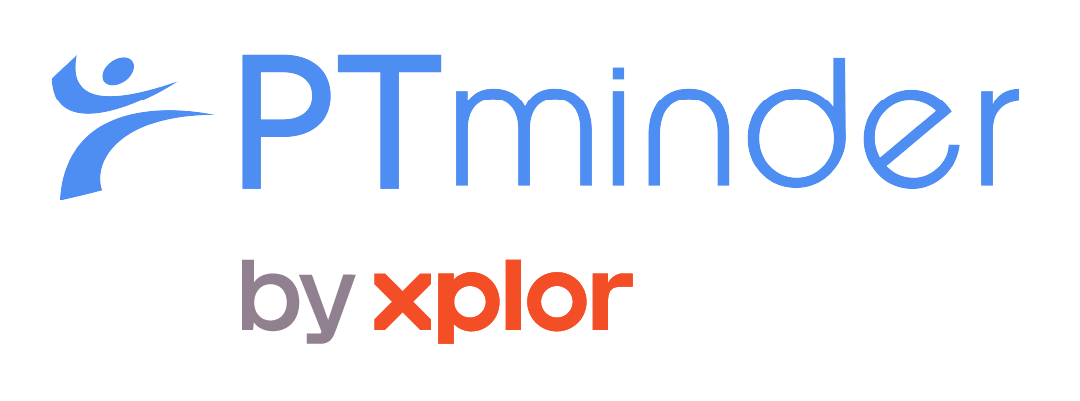In New Zealand’s financial services, trust has always been the big one. You can’t sell a loan, an investment product, a mortgage, or a Kiwisaver scheme without it. But here’s the thing: trust is no longer a differentiator, it’s the bare minimum.
Every brand in the sector is promising security, compliance, reliability, and customer care. And because everyone’s saying the same thing, customers are tuning out.
The result? A lot of financial services marketing that sounds identical… and a lot of customer emails that feel like they were written for “everyone” (because they were).
If you want to stand out, it’s no longer just about being trustworthy. It’s about being relevant, personalised, helpful — and actually human.
In New Zealand, the financial services sector, especially fintech, is booming.
Several sub-sectors are driving this rapid expansion:
- Digital / Neobanking is accelerating with local challengers like Dosh, Emerge, and Debut reshaping everyday money movement.
- Wealth tech continues to surge through platforms like Sharesies, Hatch, and Kernel, making investing more accessible and personalised.
- Insurance tech is growing through pay-as-you-go, embedded insurance, and digital-first underwriting.
On top of this, the introduction of open banking through the Customer and Product Data Bill is expected to unlock a further wave of innovation, enabling better data sharing, more competition, and more personalised customer experiences
Why connecting with FinTech audiences is so hard
Financial products are complicated. Regulations are strict. And customers often only engage when they have to.
Here are the biggest blockers we see across NZ’s fintech and financial services space:
- Compliance creates caution, and teams default to corporate language.
- Data is scattered across lenders, advisors, sales teams, and customer service.
- Email content often isn’t tailored to someone’s financial stage, needs, or behaviours.
- Marketing, sales, and service platforms don’t talk to each other, so customers get fragmented messages.
- Personalisation stops at "Hi {First Name}", which doesn’t feel personal at all.
But customers today expect something better. They want clarity. They want timely guidance. And they want communication that actually makes sense for their situation.
The real opportunity: Personalisation that builds trust faster
When a financial services brand speaks directly to someone’s goals, habits, or challenges, it changes everything. And this is where NZ financial services brands can win big.
Working with organisations such as the Financial Services Council (FSC), we’ve helped unify digital communications, tailor member experiences, and automate key processes all while keeping the personal touch that matters. This experience, across a range of financial institutions from savings banks to fintech scale-ups, provides a practical perspective on what works in the sector.
Real personalisation means:
- Sending customers content based on their progress
- Giving insights tailored to their patterns or behaviour
- Triggering nudges when someone hits a milestone
- Sharing investment education based on their risk profile
- Reaching out proactively if there’s a sign they might need help
People trust brands that show they understand them.
Relevance = trust, loyalty, and stronger long-term relationships.
In a sector where products look the same, your customer experience becomes your competitive advantage.
5 signs you need a better CRM in Financial Services
- Your teams can’t agree on what the “latest customer data” is
- You’re still sending batch-and-blast newsletters
- Compliance slows everything down
- You struggle to measure engagement or ROI
- Customers say communication feels impersonal
How HubSpot helps NZ Financial Services actually achieve this
Most financial services marketing teams want personalisation, they just don’t have the tools or data alignment to do it. Disconnected, legacy systems that weren’t built for a personalised, digital-first world.
This is where a modern CRM like HubSpot changes the game.
For instance, Concentrate helped the Financial Services Council use HubSpot to create custom CRM properties and smart content to deliver targeted communications for committees and members. The result? Engagement, content views, and event attendance all increased showing the real impact of a CRM-driven strategy in action.
-
A single customer view
No more five different systems holding five different versions of the truth. HubSpot creates a unified customer record, connecting sales, marketing, service, and product data.
-
Personalised journeys at scale
HubSpot’s automation, segmentation, and behavioural triggers let you send the right message at the right time, not the same message to everyone. Think:
- Smart lists
- Dynamic content
- Predictive scoring
- Automated workflows
- Behaviour-based email sequences
-
AI tools that make it easier, not harder
HubSpot AI helps financial services marketing teams move faster and smarter, including:
- AI content generation tailored to your audience segments
- AI analytics that uncover churn risks and growth opportunities
- AI reporting that shows what’s working and why
-
A compliance-friendly way to communicate better
Approvals, templates, and audit trails keep compliance teams happy without slowing everything down.
What differentiation looks like in NZ Financial Services
With HubSpot, your communication becomes:
- Relevant to the customer’s goals
- Timely, using behavioural triggers
- Consistent, across every channel
- Human, even in a regulated industry
- Data-driven, not guesswork

Closing thoughts: Turning CRM into your competitive advantage
A CRM-driven strategy isn’t just a tool, it’s the foundation NZ financial services need to stand out in a crowded market, build stronger customer relationships, and drive sustainable growth. By connecting data, personalising experiences, and automating meaningful interactions, your CRM can transform how you engage customers and deliver real value at every touchpoint.
It’s why organisations like Save My Bacon, Booster and Nelson Building Society are partnering with Concentrate to use the HubSpot CRM. If you’d like to discover more, contact us.
Share this
You May Also Like
These Related Stories

Ask Achan: Five quick wins for getting started with AI tools in HubSpot

How HubSpot turned PTminder into an inbound marketing success story, increasing traffic by 25% and leads by 10%
